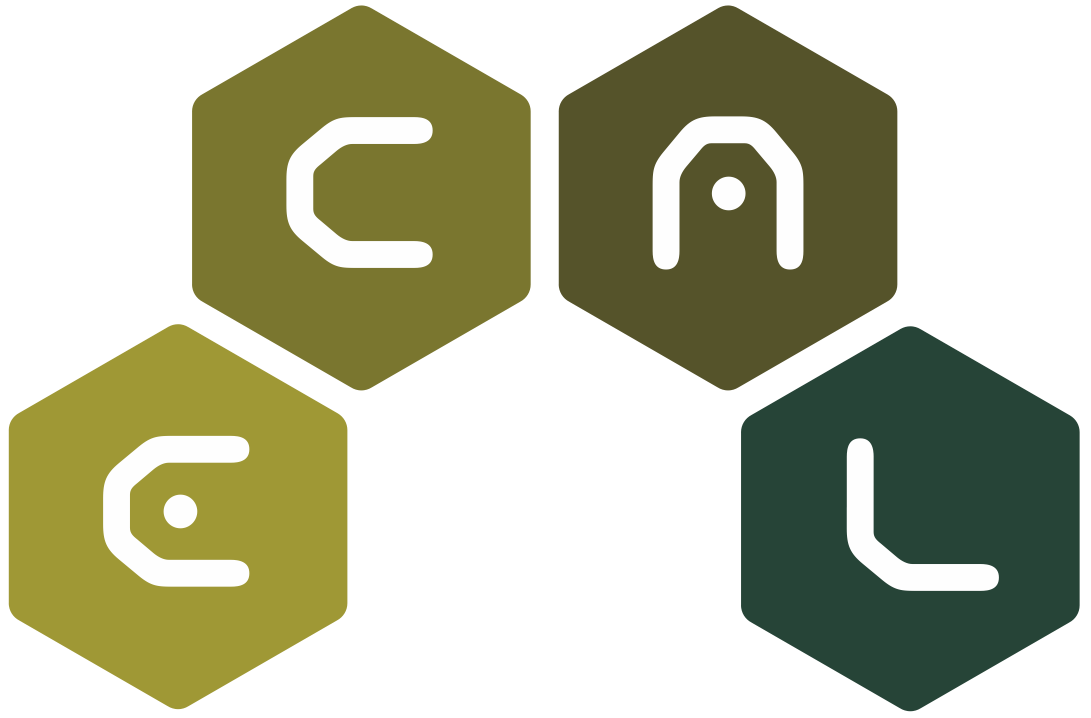Title
Chemical Architectures for Self-Replicating Proto-Cells

Chemical Architectures for Self-Replicating Proto-Cells
Download via this paper's page on the MIT Press ECAL 2015 Proceedings website.
Two questions arise when considering chemical architectures for cellular life: (i) are specific features such as cycles, autocatalysis or metabolic closure required? (ii) how can chemical insulation between the inside and the outside be achieved? As most theoretical biology work has focused on the inside of the cell, significant work has only been devoted to the first question, yet without any definite answer. On the one hand, specific chemical features such as cycles, autocatalysis or metabolic closure were either made explicit in previous theoretical models, or emerged as the result of complexity. On the other hand, artificial life efforts rely upon much simpler chemistries, typically consisting of only a couple of constituents and reactions.
We show that self-replication of a chemical system is possible without any explicit feature, and without the need for their emergence through complexity. We use a simple generic proto-cell model, whereby conservative chemical reactions occur within a membrane resulting from the self-assembly of one of the chemical species (membrane precursor), with this membrane being semi-permeable by diffusion to some other species (nutrient). We have mathematically proven simple minimal conditions pertaining only to the topology of the embedded chemical reaction network (CRN), and relying upon the concepts of moieties and siphons. Moities are conserved quantities and siphons are subsets of species whose absence cannot be compensated by the chemical reactions. A necessary condition for stationary growth is that each moiety must be fed. And a sufficient condition is that each siphon be fed (Bigan et al., 2014). Generating random CRNs with arbitrary stoichiometry, we find that these conditions are typically reached at a relatively low complexity, with a number of reactions only slightly above the number of species (Bigan et al., 2015b). When the necessary condition is met but the sufficient one is not, the proto-cell may reach a stationary growth regime or not depending on the kinetics of pass reactions, connecting a siphon to its complement and transferring mass into the siphon.
Siphons and pass reactions are useful concepts to address the second question about chemical insulation between the inside and the outside of the cell. The chemical composition of modern evolved cells is quite different from that of the outside growth medium, and often exhibit higher osmotic pressure inside than outside (e.g. bacteria or yeast with a cell wall surrounding the plasmic membrane). Previous experimental work has also shown that a higher inside osmotic pressure increases the proto-cell growth rate, thus giving a selective advantage.
Assuming that the same chemistry operates on both sides, we propose two chemical schemes that are capable of sustaining different compositions across a semi-permeable membrane with a higher inside osmolarity (Bigan et al., 2015a). The first scheme relies upon the concept of moieties and associated degrees of freedom, by having only some degrees of freedom fixed by the permeating species. A shortcoming of this first scheme is that all species are present on both sides of the membrane (albeit at different concentrations) including the membrane precursor. As a result, the membrane surface area (and thus the cell volume) grows by incorporation of membrane precursor from both sides of the membrane. This significantly reduces the capability for higher osmolarity. The second scheme relies upon the concept of siphons, by having all species present inside but only those outside the siphon present outside. Growth medium contamination by any lysed cell is alleviated if the pass reaction (transferring mass into the siphon) is catalyzed by the membrane surface. The ultimate insulation between the inside and the outside of the cell is achieved when this pass reaction only occurs across the membrane, which is active transport. This suggests an evolutionary path for the emergence of active transport.
From this, we make the following architectural recommendations for a stationarily growing proto-cell: CRN exhibiting a shorter siphon (shorter than the full set of species); membrane precursor in the siphon, and self-assembling in a structured membrane; structured membrane semi-permeable by diffusion to some nutrient outside the siphon, and connecting to the siphon via a pass reaction catalyzed by the membrane.